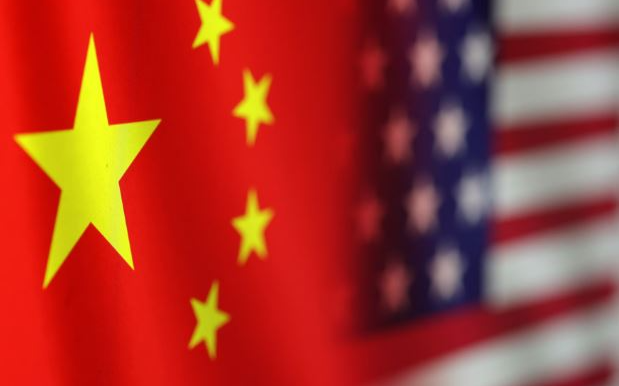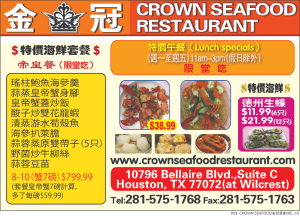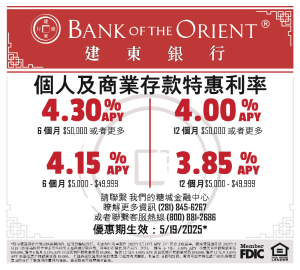中美經濟大戰有解嗎?

中美經濟大戰有解嗎?
在全球經濟格局動盪的今日,「中美經濟大戰」幾乎成為時代的主旋
一、結構性的矛盾:力量轉移與制度衝突
要理解中美經濟對抗的根源,必須回到權力格局的變化。中國在過去
美國的焦慮不僅來自經濟數字,也源於制度與價值觀的差異。中國的
二、技術與供應鏈:競爭的主戰場
在今日的國際政治中,科技即權力。美國以「國家安全」為名,對中
這場科技戰的本質,是對未來經濟主導權的爭奪。
與此同時,雙方在供應鏈上高度依賴——中國需要美國市場與技術,
⸻
三、地緣政治與經濟競爭交織
經濟戰不僅是市場的角力,更是地緣政治的延伸。臺灣、南海、東亞
這意味著,只要地緣政治緊張,中美經濟就難以真正脫離對抗的陰影
⸻
四、「有解」的可能:從對抗走向管理
若「有解」不是指完全和解,而是能否「管控衝突、穩定共存」,那
中美雙方在若干層面仍有合作的必要與可能。氣候變遷、公共衛生、
1. 競爭型共存:承認競爭不可避免,但建立基本溝通與危機管理機制,
2. 分領域合作:在低敏感領域維持合作,例如環境、教育與科學研究;
3. 多邊框架調整:透過WTO、G20或新興多邊機制,重塑國際規則
4. 策略性妥協:雙方在部分爭議領域進行有限讓步,以換取穩定與信任
這些並非理想化的「和平解方」,而是務實的「管理策略」。中美不
⸻
五、難以跨越的障礙
儘管存在這些可能路徑,真正落實卻極為困難。首先,雙方的信任赤
Can The U.S.–China Economic War Be Resolved?
In today’s turbulent global economy, the “U.S.–China economic war” has become one of the defining struggles of our time. From trade wars and technology sanctions, to supply chain restructuring and financial restrictions, the rivalry between these two superpowers shapes the destinies of all nations. But the overriding question still remains — can this great economic conflict ever be resolved?
⸻
I. The Structural Roots: Power Shift and Systemic Friction
To understand the depth of this rivalry, one must look beyond tariffs and trade balances to the shifting balance of global power. Over the past four decades, China has risen with astonishing speed to become the world’s second-largest economy, challenging the United States not only in manufacturing, but also now in technology, infrastructure, and finance.
For Washington, this is more than an economic contest — it is a strategic and ideological challenge to the postwar order. The anxiety stems from differences in governance models and political values: China’s state-led capitalism stands in sharp contrast to the liberal market system of the West. Thus, the struggle is not merely over what each nation produces, but over how and for whom the global economy should function.
⸻
II. Technology and Supply Chains: The Front Lines of Rivalry
In the twenty-first century, technology is power. Under the banner of national security, the United States has imposed chip export bans and tightened high-tech controls on China. Beijing, in response, has accelerated its “self-reliance” strategy — investing heavily in semiconductors, AI, aerospace, and renewable energy.
Yet despite escalating restrictions, both economies remain deeply intertwined. China still relies on U.S. technology and markets, while American firms depend on Chinese manufacturing. This complex interdependence — “you in me, and I in you” — makes a full decoupling unrealistic, but also renders the relationship fragile and politically charged.
⸻
III. When Geopolitics Meets Economics
Economic warfare today cannot be separated from geopolitics. Issues such as Taiwan, the South China Sea, and the broader Indo-Pacific security framework have politicized and militarized economic policies.
Trade sanctions, investment screening, and supply chain “realignments” have become instruments of strategy rather than market regulation.
As long as geopolitical tension persists, the economic relationship will remain haunted by mistrust and confrontation.
⸻
IV. Paths Toward Resolution: From Confrontation to Management
If “resolution” means not total reconciliation, but rather the ability to manage conflict and coexist with stability, then the answer is — a conditional and partial, yes.
Despite the growing hostility, both nations have pragmatic reasons to cooperate. Global challenges such as climate change, public health, AI ethics, and financial stability demand joint leadership. Several possible “paths to resolution” include:
1. Competitive Coexistence – Recognizing rivalry as inevitable, but establishing crisis communication channels and guardrails to prevent escalation.
2. Selective Cooperation – Maintaining collaboration in low-sensitivity fields (environment, science, education) while setting “firewalls” in critical technologies.
3. Multilateral Reform – Rebuilding international rules under WTO, G20, or new frameworks that allow fair competition, rather than unilateral coercion.
4. Strategic Compromise – Limited concessions in specific areas to restore trust and maintain global stability.
Such strategies may not promise harmony, but they aim to manage danger. The age of unguarded trust between Beijing and Washington is gone, yet a pragmatic form of coexistence remains possible — if both sides can learn and practice restraint.
⸻
V. The Barriers to Peace
Turning these ideas into policy faces immense obstacles.
First, there is a deep deficit of trust — decades of sanctions, accusations, and political rhetoric have eroded confidence.
Second, domestic politics and nationalism constrain compromise; any perceived concession is quickly branded as weakness.
Third, technological red lines — in areas like semiconductors, quantum computing, and AI — make negotiation almost impossible.
Finally, the influence of third parties — allies, corporations, and smaller nations — further complicates any potential settlement.
⸻
VI. Conclusion: The Art of Managing the Unresolvable
The U.S.–China economic conflict may never find a perfect “solution,” for it is not just a battle over trade or technology, but over power, systems, and trust. Yet no solution does not have to mean no way forward.
The task of this generation is not to end the rivalry, but to prevent it from consuming the world. The true wisdom lies in controlling conflict, managing risks, and seeking coexistence. In the coming decade, the global order may evolve toward a new equilibrium — one defined by competition with cooperation, confrontation with coexistence.
That, perhaps, is the only realistic resolution to an “unresolvable” economic war.
六、結語:無解之中的可控之道
中美經濟大戰或許永難「徹底解決」,因為這是一場權力、制度與信
真正的智慧,在於學會控制衝突、管理風險、尋求共存。未來十年,






























